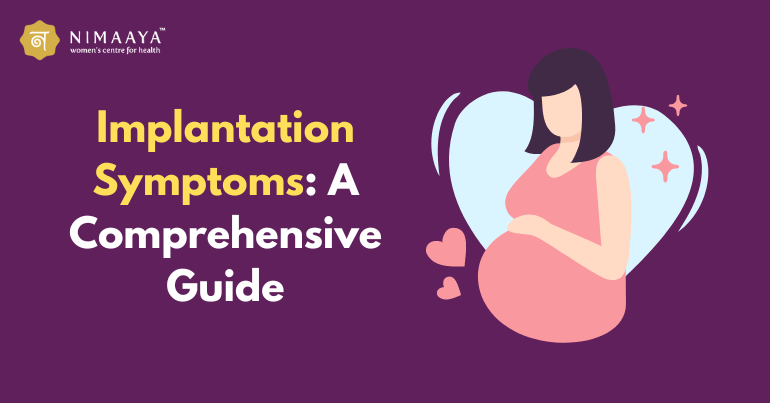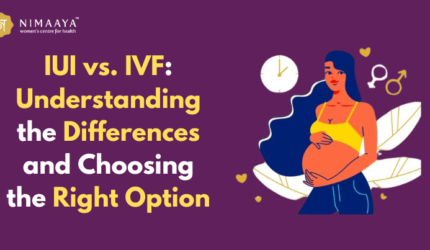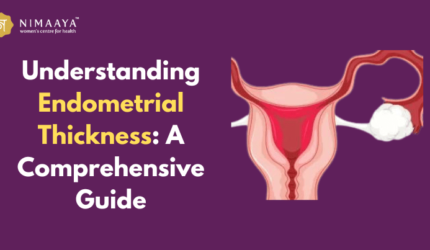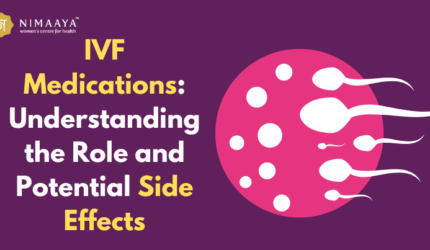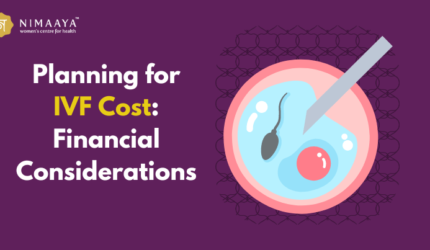Introduction
Understanding implantation symptoms is crucial for anyone trying to conceive, whether naturally or through assisted reproductive technologies like IVF. Recognizing these early signs can help differentiate between common premenstrual symptoms and early pregnancy indicators. In this comprehensive guide, we’ll delve into the nuances of implantation symptoms, including bleeding of implantation, and explore how they vary from PMS symptoms. Whether you’re in the early stages of trying to conceive or seeking detailed information about symptoms of IVF implantation, this guide is designed to provide you with all the essential insights.
What is the Implantation Process?
The implantation process is a critical step in early pregnancy. It occurs when a fertilized egg attaches itself to the lining of the uterus, typically 6-10 days after ovulation. This process is essential for the continuation of a pregnancy, as it marks the beginning of the embryo’s development. During implantation, the embryo burrows into the uterine lining to establish a blood supply and begin growing. This intricate process is guided by a complex interplay of hormonal signals, primarily involving estrogen and progesterone. Successful implantation initiates the production of human chorionic gonadotropin (hCG), the hormone detected in pregnancy tests. As the embryo embeds itself, it triggers changes in the uterine lining to support and nourish the developing pregnancy.
Importance of Tracking Symptoms
Tracking symptoms is crucial for anyone trying to conceive, as it can provide valuable insights into the early stages of pregnancy. Monitoring implantation symptoms can help differentiate between common premenstrual signs and potential pregnancy indicators. By keeping a detailed record of symptoms after implantation, such as implantation bleeding symptoms, mild cramping, and changes in basal body temperature, individuals can better understand their bodies and identify early pregnancy. This proactive approach not only aids in timely medical consultation if necessary but also reduces anxiety by providing a clearer picture of what to expect during the early stages of conception.
Identifying Common Implantation Symptoms
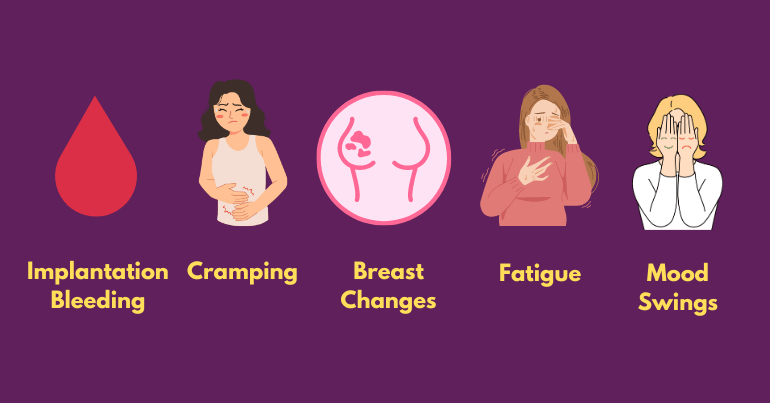
Recognizing common implantation symptoms can be pivotal for individuals trying to conceive. These symptoms often signal the early stages of pregnancy and can provide reassurance and clarity during the anxious two-week wait after ovulation. Here are some key implantation symptoms to look out for:
1. Implantation Bleeding
One of the most notable and talked-about signs of early pregnancy is implantation bleeding. When the fertilized egg adheres to the uterine lining, bleeding of this kind takes place. It is usually lighter than a regular period and can appear as pink or brown spotting. Bleeding of implantation typically happens 6-12 days after conception and lasts for a few hours to a couple of days. Unlike menstrual bleeding, it does not increase in flow.
2. Cramping
Mild cramping is another common implantation symptom. These cramps are generally less intense than menstrual cramps and can be described as a slight pulling or tingling sensation in the lower abdomen. This cramping occurs as the embryo embeds itself into the uterine lining, often around the time a woman expects her period.
3. Breast Changes
Following implantation, hormonal changes can lead to noticeable changes in the breasts. Common symptoms include tenderness, swelling, and a tingling sensation. Some women may also notice that their areolas (the area around the nipples) become darker and larger. These changes are similar to premenstrual symptoms but can be more pronounced during early pregnancy.
4. Fatigue
Another early indicator of pregnancy is feeling abnormally worn out or exhausted. Increased levels of progesterone following implantation can cause a significant drop in energy levels, making you feel more tired than usual. This symptom often appears around the time of the missed period and can persist throughout the first trimester.
5. Nausea and Food Aversions
Although more commonly associated with later stages of pregnancy, some women may experience nausea or slight food aversions shortly after implantation. This symptom, often referred to as “morning sickness,” can occur at any time of the day. It is caused by the rapidly increasing levels of hormones in the body.
6. Increased Basal Body Temperature
For women who are tracking their basal body temperature (BBT) as a way to monitor ovulation, a sustained increase in BBT after ovulation can indicate successful implantation. Normally, BBT rises after ovulation and drops before menstruation. If the temperature remains elevated, it could be a sign of pregnancy.
7. Mood Swings
Hormonal fluctuations can lead to mood swings, making you feel unusually emotional or irritable during the early stages of pregnancy. These mood swings are often similar to those experienced during PMS but can be more intense due to the significant hormonal changes occurring in your body. It’s common to feel a sudden shift in emotions, from happiness to sadness or irritation without a clear reason. Understanding that these mood swings are a normal part of early pregnancy can help you manage them more effectively.
Understanding these common implantation symptoms can help individuals distinguish between typical premenstrual signs and early pregnancy indicators. While not every woman will experience all of these symptoms, being aware of them can provide valuable insights and potentially early confirmation of pregnancy. If you suspect you might be pregnant, taking a home pregnancy test after a missed period or consulting with a healthcare provider can provide further clarity and guidance.
Distinguishing Between Implantation Symptoms and PMS Symptoms
Distinguishing between symptoms of implantation and premenstrual syndrome (PMS) symptoms is vital for those trying to conceive. While both can manifest similarly, understanding the subtle differences can provide valuable insights into one’s fertility status. Here’s a breakdown of how to differentiate between implantation Symptoms vs. PMS Symptoms:
Timing:
One of the key distinctions of symptoms between these two is their timing in the menstrual cycle. Symptoms of implantation typically occur around the time of an expected period, approximately 6-12 days after ovulation. On the other hand, PMS symptoms usually manifest 1-2 weeks before menstruation.
Nature of Symptoms:
Implantation symptoms tend to be milder and more localized compared to the broader range of symptoms associated with PMS. Symptoms of implantation may include light spotting, mild cramping, breast tenderness, and fatigue. In contrast, PMS symptoms can encompass a variety of physical and emotional changes, such as bloating, headaches, mood swings, and increased irritability.
Duration and Intensity:
Implantation symptoms are often short-lived and relatively mild compared to the more prolonged and intense symptoms of PMS. Bleeding of implantation, for example, is typically lighter and shorter in duration compared to menstrual bleeding. Cramping associated with implantation is usually mild and brief, whereas menstrual cramps can be more severe and last for several days.
Associated Signs:
While both implantation symptoms and PMS symptoms can involve hormonal changes, certain signs may be more indicative of one over the other. For instance, a heightened sense of smell or food aversions may be more commonly associated with early pregnancy, whereas increased cravings or mood swings might be more characteristic of PMS.
Recognizing the differences between implantation Symptoms vs. PMS Symptoms can help individuals better understand their body’s signals and accurately interpret early pregnancy signs. While some overlap may occur, paying attention to the timing, nature, duration, and associated signs of symptoms can provide clarity and insight into one’s fertility journey. If uncertain, consulting with a healthcare provider can offer guidance and support in navigating these early stages of conception.
Understanding Symptoms of IVF Implantation
Understanding IVF implantation symptoms is essential for individuals undergoing assisted reproduction. Unlike natural conception, where signs of implantation may be subtle, these symptoms can be scrutinized more closely due to the controlled nature of the procedure. These symptoms serve as important indicators of successful embryo transfer and early pregnancy development. By familiarizing themselves with the nuances of these symptoms, individuals can navigate the two-week wait period with greater awareness and insight into their fertility journey.
What Sets Symptoms of Implantation Apart from Other Early Pregnancy Signs?
Symptoms of Implantation differ from other early pregnancy signs in their timing and nature. While both may include symptoms like breast tenderness and fatigue, implantation symptoms typically occur around the time of an expected period and are often more subtle, such as light spotting or mild cramping. Distinguishing between the two can help individuals better recognize the early stages of pregnancy and differentiate them from premenstrual symptoms.
Conclusion:-
Understanding implantation symptoms is an essential part of the journey for those trying to conceive, whether naturally or through IVF. Recognizing these signs can provide reassurance and help distinguish between early pregnancy and premenstrual symptoms. By keeping track of your symptoms and knowing when to consult a doctor, you can navigate this exciting and sometimes anxious time with confidence.
For those seeking professional guidance and support, Nimaaya IVF Center offers comprehensive services and expert care throughout your fertility journey, through their Specialists like Dr. Yuvrajshinh Jadeda and Dr pooja Nadkarni. Whether you’re experiencing natural conception or undergoing IVF, understanding the process of implantation and its symptoms can empower you with knowledge and peace of mind.

